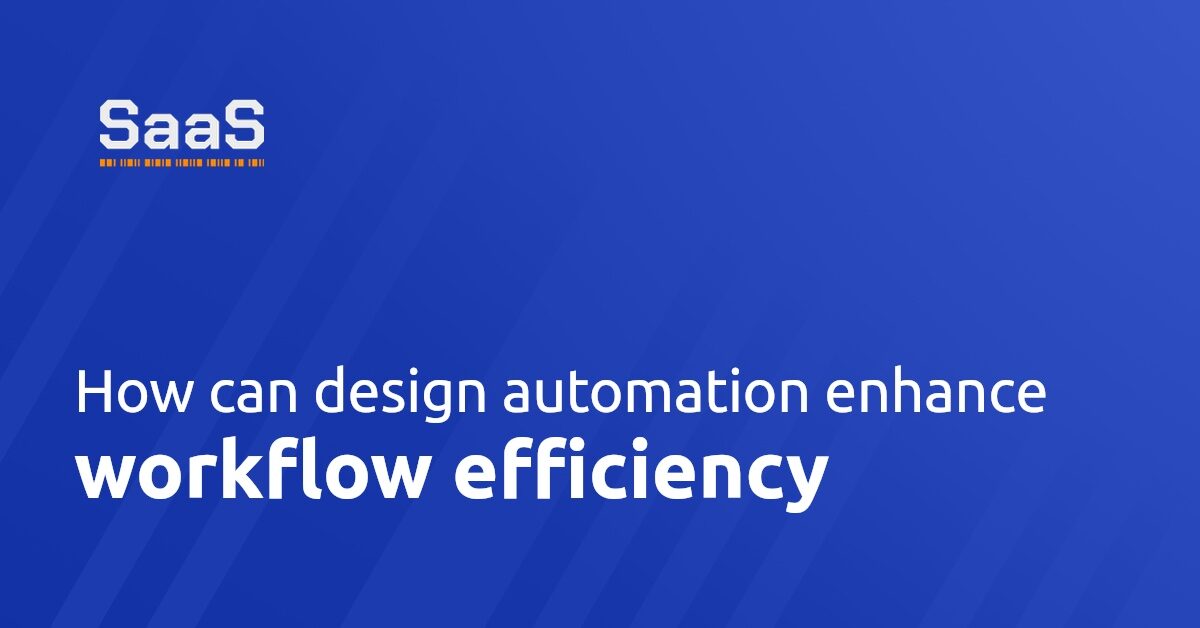How can design automation enhance workflow efficiency?
Design automation is a cutting-edge concept widely hailed as the future of design-related professions. It not only streamlines process cycles but also significantly enhances workflow efficiency. The power of design automation lies in its ability to automate repetitious and mundane tasks, freeing up professionals to focus on innovative and critical elements. This maximizes the use of time while minimizing errors.
In addition, it simplifies complex design phases, making the process consistent and straightforward. It uses algorithms to generate a multitude of design variations, enabling quicker decision making and reducing the latency period. With quicker turnaround times, businesses can promptly respond to market demand and rapidly evolving consumer trends.
What challenges arise when integrating design automation?
Despite its myriad of advantages, integrating design automation tools into an existing workflow is not without its challenges. The first hurdle encountered is the resistance to change among employees. Many employees fear that design automation will make their roles obsolete or reduce their value within the organization.
Another significant challenge lies in integrating the automation tools with existing systems. Without seamless integration, the benefits could be negated by issues like system interruption or data incompatibility. Additionally, deciding on the suitable level of automation is another challenge, as excessive automation may prevent human intervention necessary at certain stages of the workflow.
Steps to successfully integrate design automation in workflows
Successfully integrating design automation tools requires a strategic and well-thought-out plan. The first step involves an in-depth understanding of your existing workflow. By mapping the current workflow, you can identify areas that may benefit most from automation.
Training and educating the team is another essential phase. With a better understanding of design automation, employees will not only overcome their apprehensions but can also contribute more constructively to the integration process. Prompt and continual feedback can be incorporated for improvements.
Implementation should be done progressively, starting with areas of least disruption. This ensures a gradual adjustment of teams to the new system. Continual analysis and refinement of the process are crucial too. By treating the implementation as a dynamic process, businesses can realize the full potential of design automation tools.
Key benefits of incorporating design automation tools
Incorporating design automation tools offers various benefits to organizations. The most obvious is enhanced productivity due to reduced mundane tasks and quicker turnaround times. As a result, professionals can focus more on innovation, driving growth for the organization.
Additionally, automation helps in maintaining design consistency and integrity. It reduces the chances of human error and can ensure seamless compliance with design standards.
Moreover, automation can also facilitate enhanced communication and collaboration among design teams. It makes for easy tracking and modification of designs, thereby facilitating better project management.
Design automation also provides a competitive edge in the ever-evolving business landscape. With quickly changing market dynamics and consumer preferences, businesses that can respond proactively stand a better chance. Hence, automating design workflows is no longer just an option, but a necessity for businesses to stay agile and relevant.








